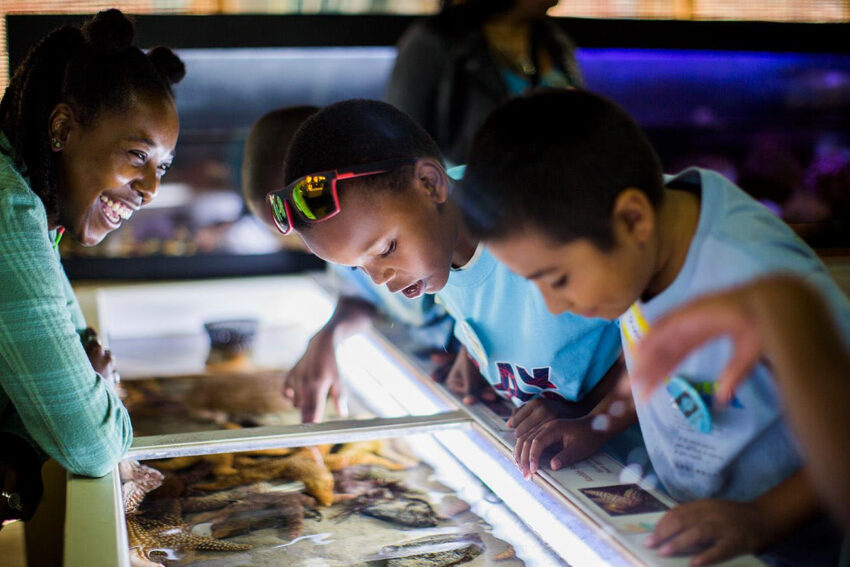Jan. 1, 2016 — Here’s an early look at some of the key issues we will be tracking in the coming year. If we are to be successful, we need your support.
Ballona Wetlands Restoration
The Issue: The Ballona Wetlands Ecological Reserve is nearly 600 acres of open space between LAX and Marina del Rey. A historically thriving wetland, it has suffered decades of degradation from development, dumping of sediments, disconnection from creek flows, and assault from invasive plants.
What’s at Stake: Approximately 95% of Southern California’s wetlands have been lost. Much of the remaining wetland habitat in our densely urbanized region is highly degraded. With the proposed Ballona Wetlands restoration project, we have the opportunity to restore natural function at one of L.A.’s largest wetlands.
Why we are focused on it: Wetlands provide nursery, shelter, and feeding grounds for fish and wildlife. They purify water through filtration of pollutants, recycle nutrients, and help buffer against impacts associated with climate change. Restoring ecological function at Ballona will not only benefit our local environment, but also serve as a place for public education and enjoyment.
Next steps: The Department of Fish and Wildlife will be releasing a draft environmental impact report this winter, analyzing several options for restoring Ballona Wetlands. Heal the Bay staff scientists will review the report and provide public guidance and recommendations.
Plastic Bag Referendum
The Issue: In 2014, California became the first state in the nation to enact plastic bag ban legislation through SB 270, which prohibits grocery stores, convenience stores, and pharmacies from distributing free single-use plastic bags, and requires stores to charge a minimum of 10 cents for paper and reusable bags. Looking to protect its profits, Big Plastic is pouring millions of dollars into an effort to undo the historic ban through a ballot initiative in November 2016.
What’s at stake: Plastic bags, designed only to be used for minutes, commonly make their way into streams, rivers, and oceans, where they never truly degrade. Plastic pollution can kill wildlife that mistake it for food or become entangled in it. Plastic bags are also a costly nuisance: California spends an estimated $25 million a year to collect and dispose of discarded plastic bags, according to CalRecycle.
Why we are focused on it: Plastic bags have become a gateway issue in the nation, compelling people to think about how their consumer habits can affect the environment. This common-sense ban not only saves money and the ocean, it has led to positive behavior change for millions of Californians. We can’t go back now.
Next steps: Californians will vote on the future of the plastic bag ban at the polls on November 8’s general election. You can help by pledging to vote YES on Prop 67!
Smarter Water Management
The Issue: The record drought, coupled with climate change and other stressors, has called into question the practicality of importing nearly 90% of L.A.’s water supply from other regions. Continued reliance on imported water is an uncertain and dangerous proposition. Instead, our region needs to be smarter about maximizing the water that we already have.
What’s at Stake: Each day roughly 10 million gallons of urban runoff flows through L.A. County stormdrains, picking up pollutants and carrying them to the ocean without the benefit of any treatment. On a rainy day that number escalates to nearly 10 billion gallons of water, and associated urban slobber, flowing to the sea. Even on a dry day, wastewater treatment plants needlessly send hundreds of millions of gallons of highly treated and usable water into local rivers and the Pacific Ocean.
Why we are focused on it: Beneficially reusing this water through wastewater recycling and stormwater capture and reuse serves two benefits – building local water resiliency and cleaning up our local waterways. If we are smarter about reusing local water, we can also avoid turning to the ocean for a water source through desalination, which is costly, energy intensive, and threatens sea life.
Next steps: Our policy team is working to ensure stormwater management includes multi-benefit solutions that improve greenspace, beautify communities, and capture water onsite for reuse or recharging groundwater. We are also working with state and local governments to find creative ways to fund projects and programs to reuse and recycle stormwater and wastewater.
We have a lot of work to do in 2016, but contributions from ocean-lovers like you can make it happen.
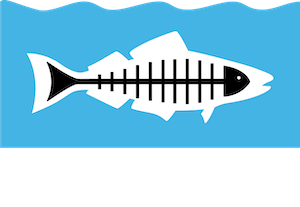
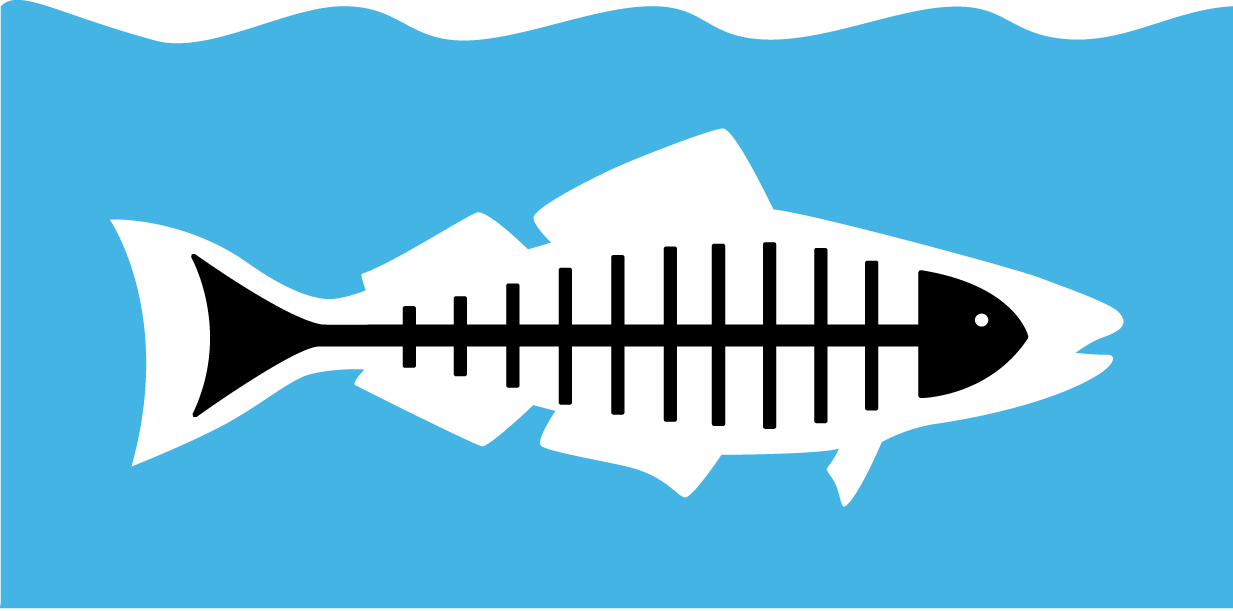

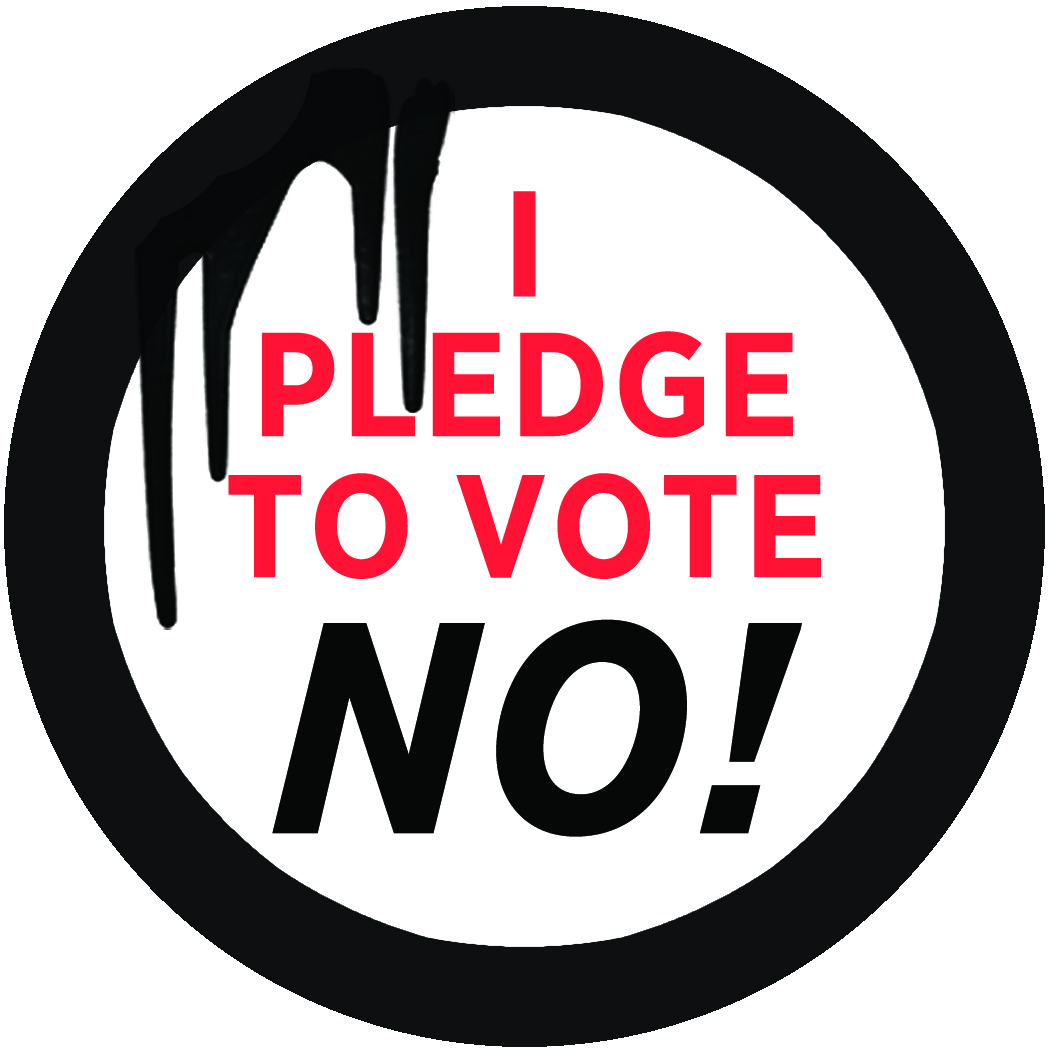
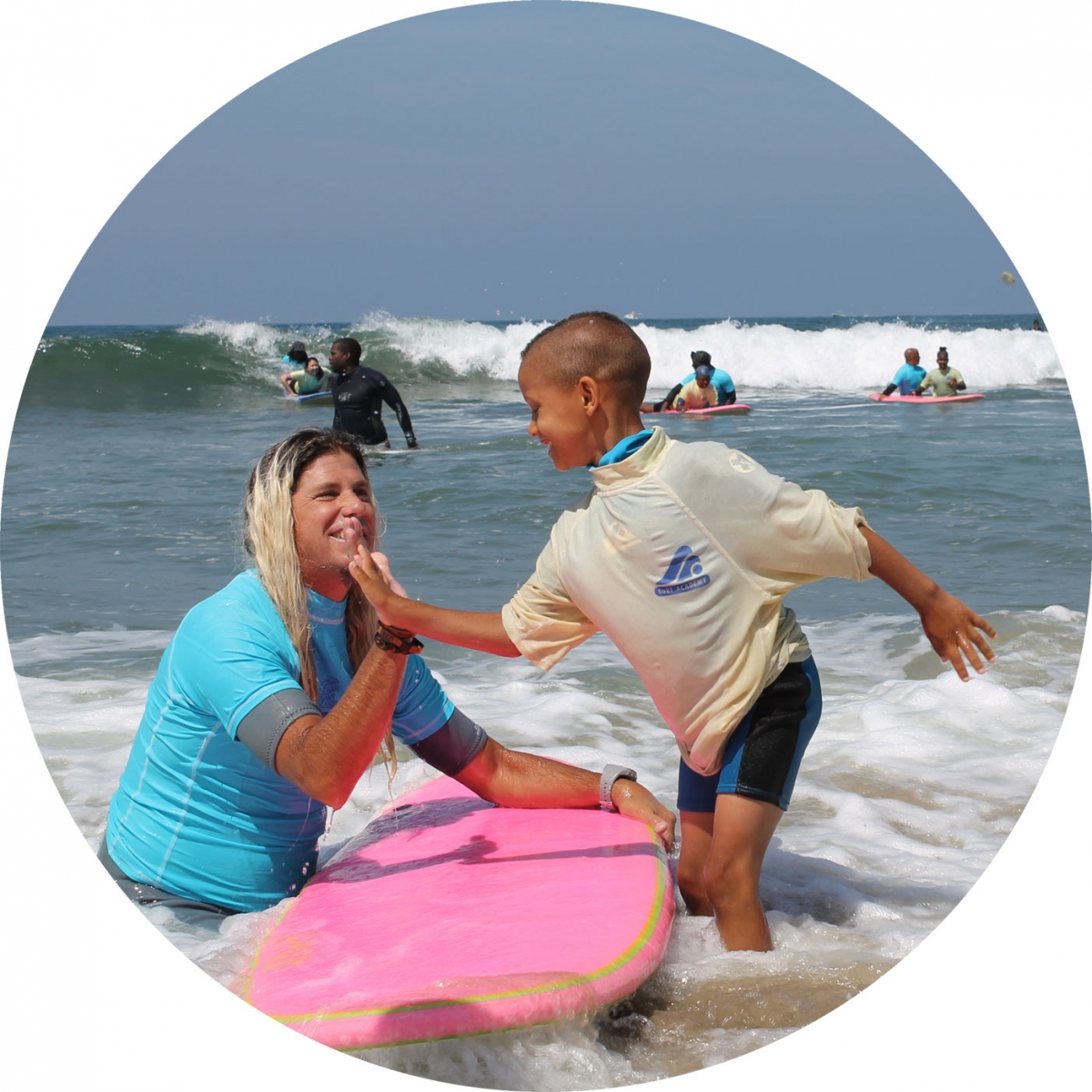
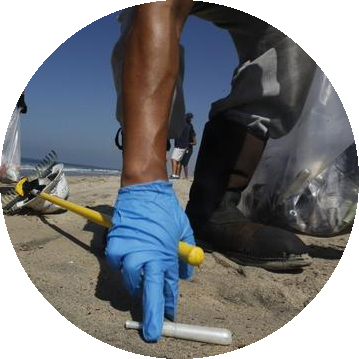
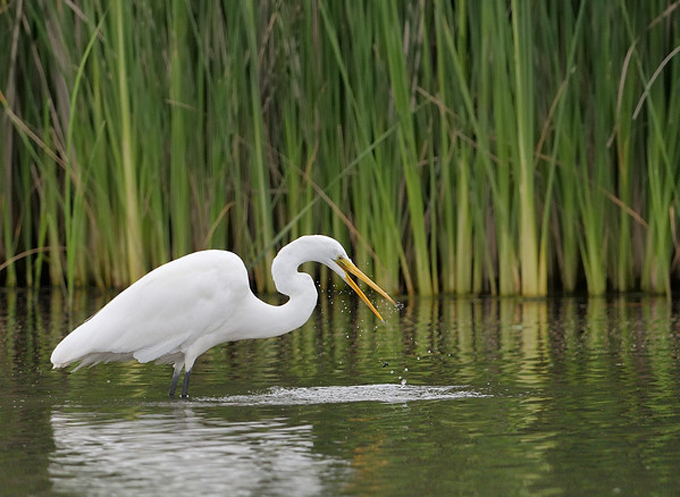
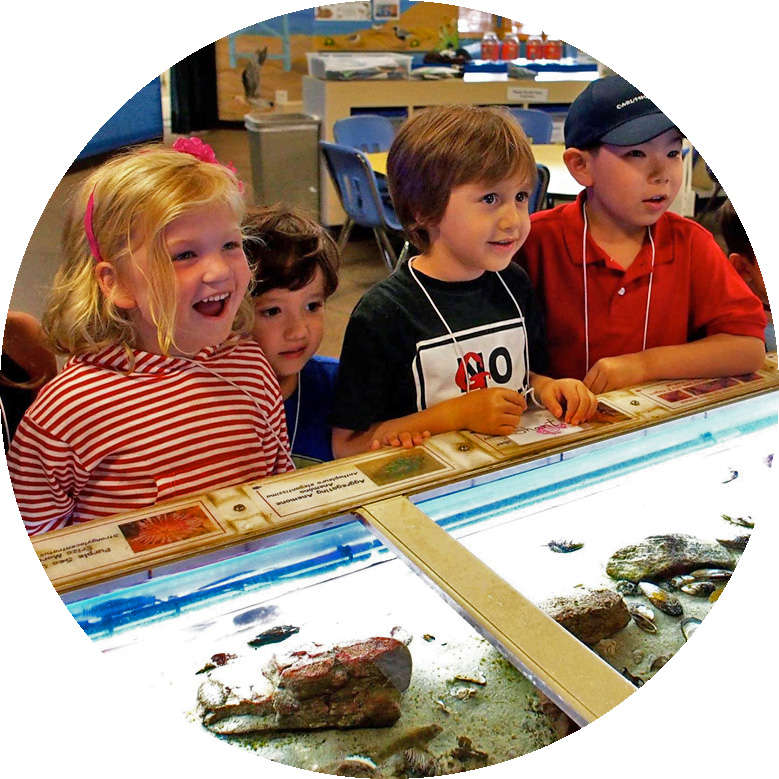
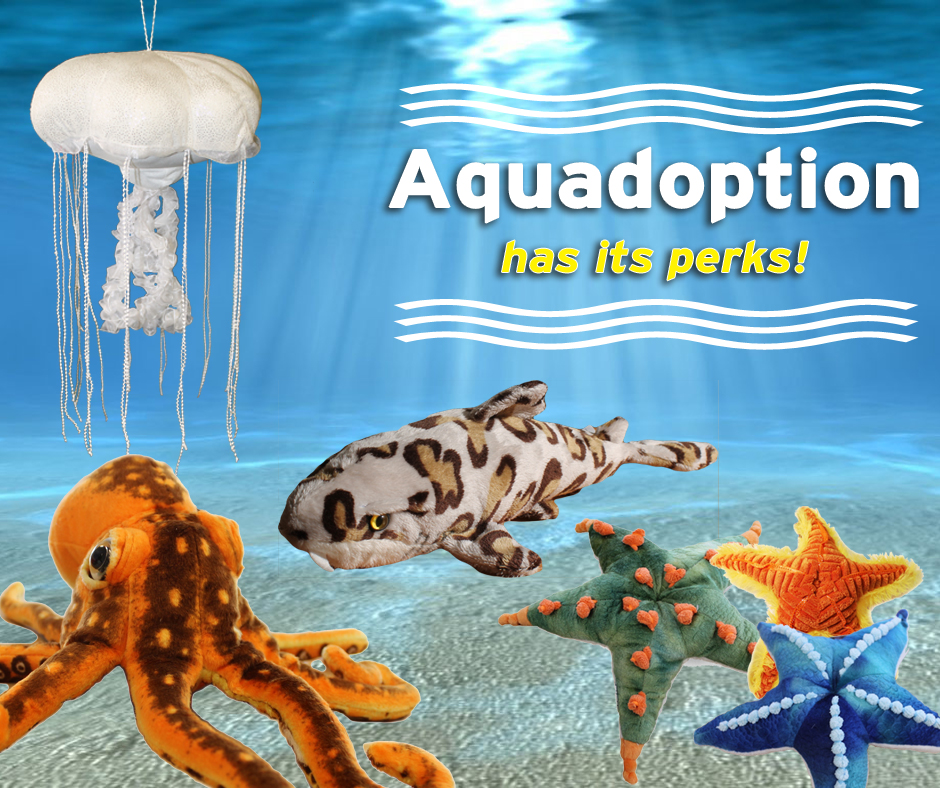
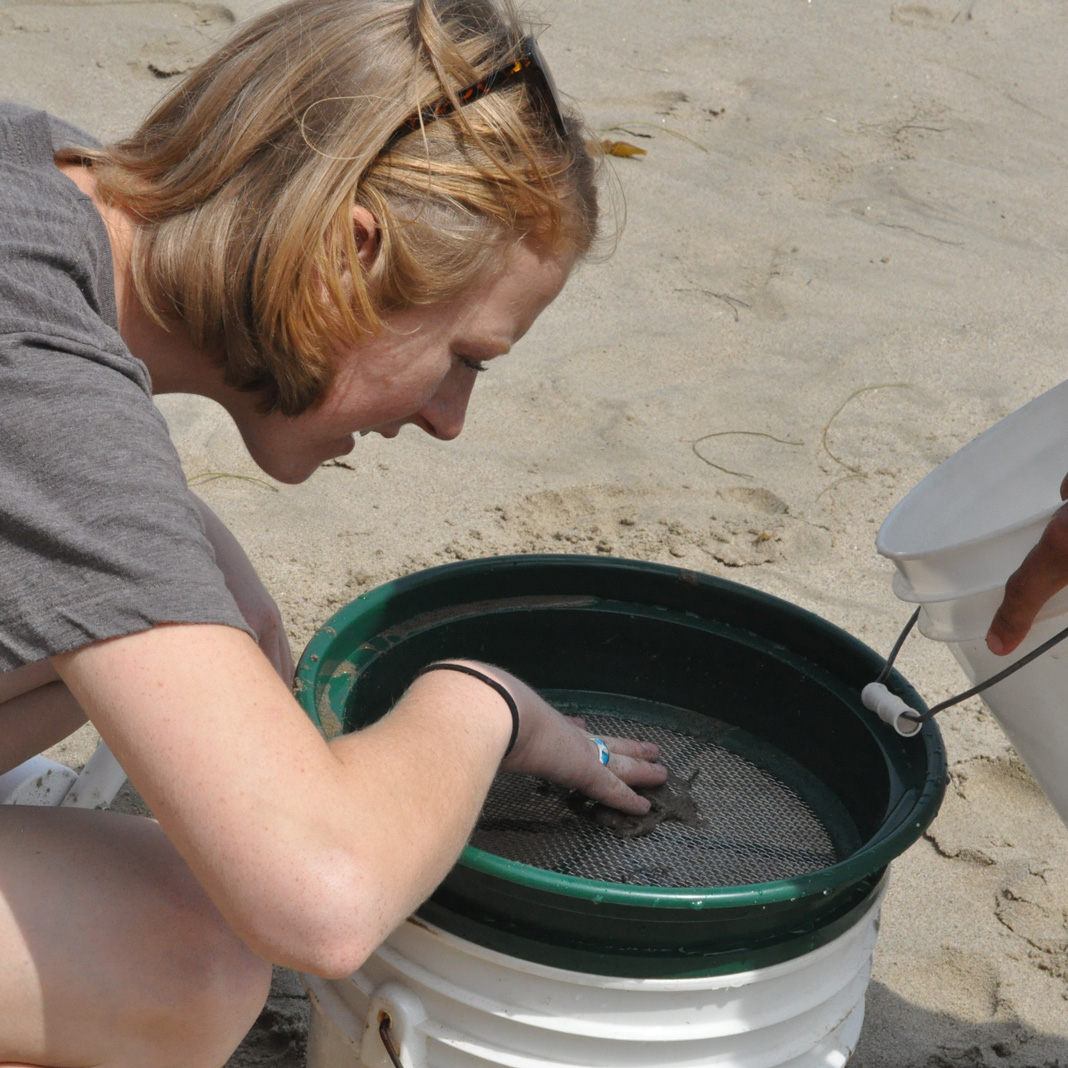
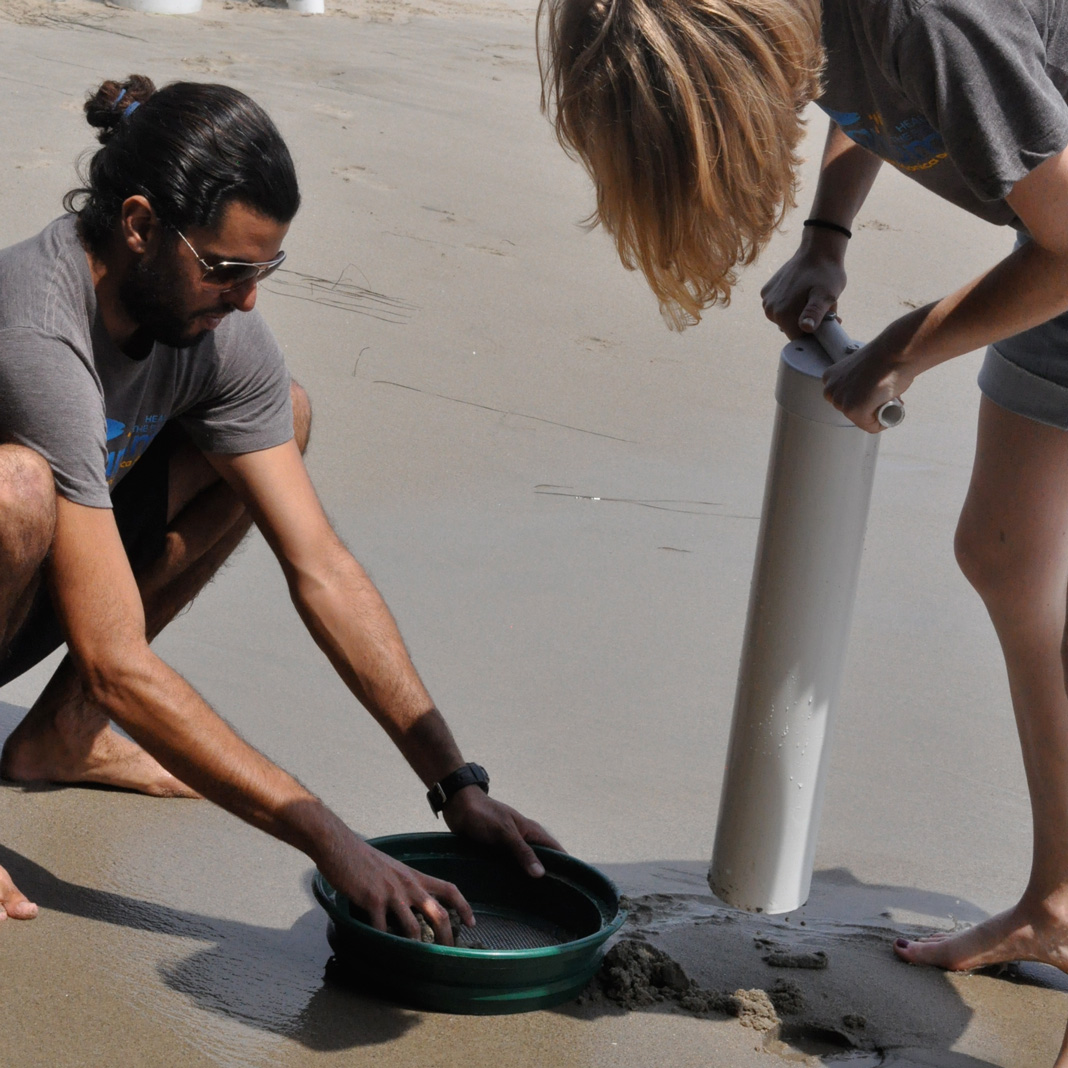
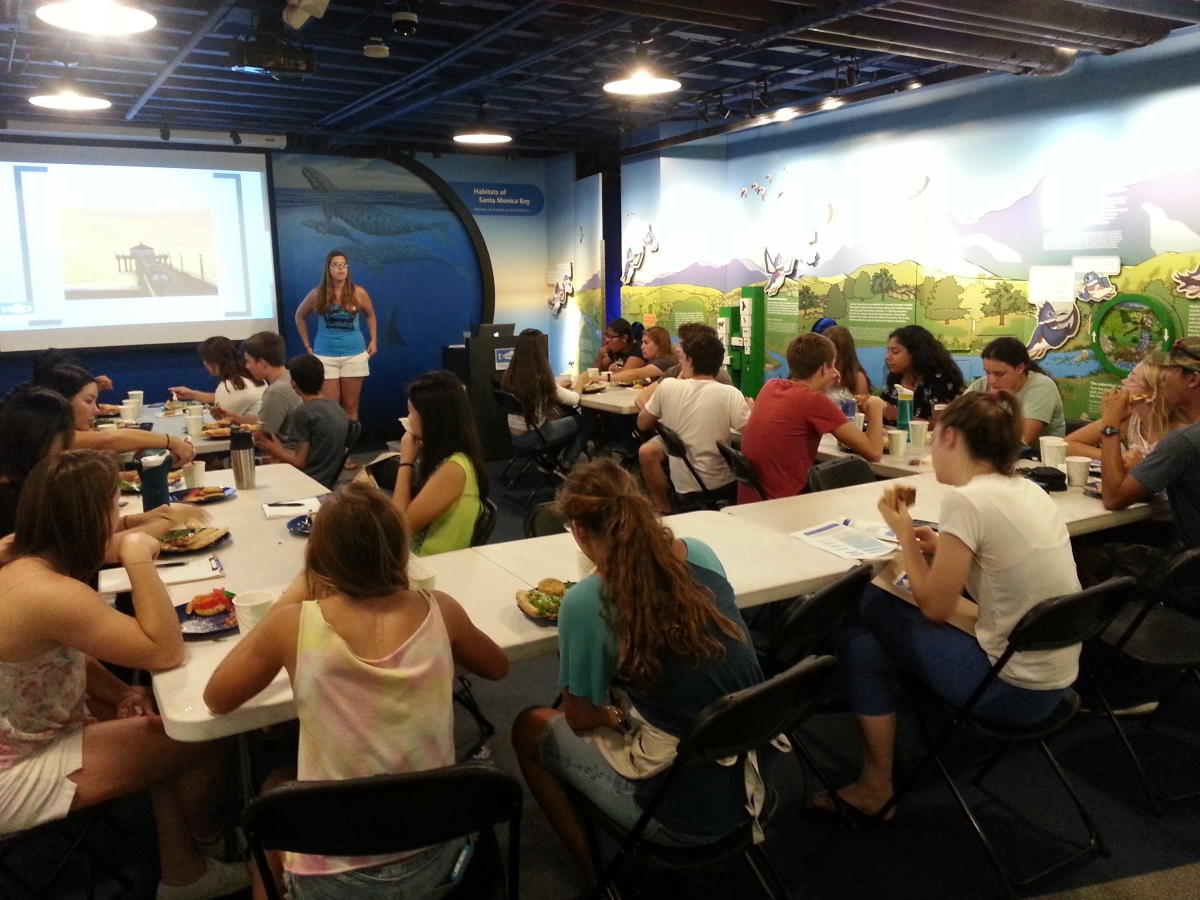 The summit wrapped up with time for each club to reflect on what proposed projects would suit their vision for the year and then plot those goals onto a calendar of the school year. As a registered Club Heal the Bay Partner, clubs also learned that participating in three events or netting three reward “drops” would earn them an invitation to our Beachy Celebration which we will host at the end of the school year.
The summit wrapped up with time for each club to reflect on what proposed projects would suit their vision for the year and then plot those goals onto a calendar of the school year. As a registered Club Heal the Bay Partner, clubs also learned that participating in three events or netting three reward “drops” would earn them an invitation to our Beachy Celebration which we will host at the end of the school year.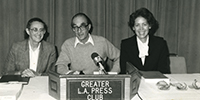 Meeting in her Westwood living room in spring 1985, housewife Dorothy Green and schoolteacher Howard Bennett mobilize a small squad of grassroots activists to conquer ongoing pollution in Santa Monica Bay. Brilliantly taking its mission as its name, Heal the Bay is officially born later that year.
Meeting in her Westwood living room in spring 1985, housewife Dorothy Green and schoolteacher Howard Bennett mobilize a small squad of grassroots activists to conquer ongoing pollution in Santa Monica Bay. Brilliantly taking its mission as its name, Heal the Bay is officially born later that year. Thanks to intense lobbying from Heal the Bay and a federal consent decree, Hyperion Treatment Plant agrees in October 1986 to stop dumping partially treated sewage into Santa Monica Bay. Sewage pollution levels in the Bay have since decreased by more than 90%.
Thanks to intense lobbying from Heal the Bay and a federal consent decree, Hyperion Treatment Plant agrees in October 1986 to stop dumping partially treated sewage into Santa Monica Bay. Sewage pollution levels in the Bay have since decreased by more than 90%.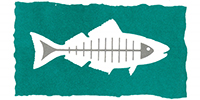 Volunteers Gabrielle Mayeur and Sherry Johannes unwittingly create one of L.A.’s great brands in October 1987. Their evocative and provocative fishbone logo creates instant recognition for the fledgling organization. Whether it’s slapped on a skateboard or a Prius, the fish remains a powerful marker for L.A.’s tribe of ocean lovers.
Volunteers Gabrielle Mayeur and Sherry Johannes unwittingly create one of L.A.’s great brands in October 1987. Their evocative and provocative fishbone logo creates instant recognition for the fledgling organization. Whether it’s slapped on a skateboard or a Prius, the fish remains a powerful marker for L.A.’s tribe of ocean lovers.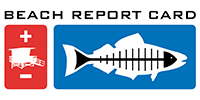 Aiming to protect the health of millions of ocean users, Heal the Bay publishes its first Beach Report Card in 1992, giving A-to-F grades to local beaches based on levels of bacterial pollution. Developed by outspoken executive director Mark Gold, the grading program shines a bright light and eventually helps secure $200 million in state funds to clean up chronically polluted beaches.
Aiming to protect the health of millions of ocean users, Heal the Bay publishes its first Beach Report Card in 1992, giving A-to-F grades to local beaches based on levels of bacterial pollution. Developed by outspoken executive director Mark Gold, the grading program shines a bright light and eventually helps secure $200 million in state funds to clean up chronically polluted beaches.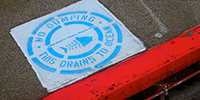 The first storm drains stenciled for our Gutter Patrol Program in October 1992 reminded would-be litterers that “This Drains to the Ocean.” Volunteers paint more than 60,000 catch basins with our message and logo over two years, connecting residents throughout L.A. County to their watersheds and our work.
The first storm drains stenciled for our Gutter Patrol Program in October 1992 reminded would-be litterers that “This Drains to the Ocean.” Volunteers paint more than 60,000 catch basins with our message and logo over two years, connecting residents throughout L.A. County to their watersheds and our work.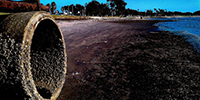 Arguing that impaired water bodies in Los Angeles and Ventura counties are not being adequately remediated, Heal the Bay files an intent to sue the EPA in December 1997. A settlement compels the EPA to create 92 “Total Maximum Daily Load” limits over 13 years. With these measurable benchmarks in hand, Heal the Bay can now pressure dischargers to reduce pollution levels or meet stiff fines. The new TMDL model is copied nationwide.
Arguing that impaired water bodies in Los Angeles and Ventura counties are not being adequately remediated, Heal the Bay files an intent to sue the EPA in December 1997. A settlement compels the EPA to create 92 “Total Maximum Daily Load” limits over 13 years. With these measurable benchmarks in hand, Heal the Bay can now pressure dischargers to reduce pollution levels or meet stiff fines. The new TMDL model is copied nationwide.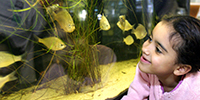 Heal the Bay gets into the aquarium business by acquiring UCLA’s Ocean Discovery Center in March 2003 for the princely sum of $1. The rechristened Santa Monica Pier Aquarium becomes a beachhead for our youth education programs. We’ve since inspired more than 1 million guests to become better stewards of our local ocean and watersheds.
Heal the Bay gets into the aquarium business by acquiring UCLA’s Ocean Discovery Center in March 2003 for the princely sum of $1. The rechristened Santa Monica Pier Aquarium becomes a beachhead for our youth education programs. We’ve since inspired more than 1 million guests to become better stewards of our local ocean and watersheds.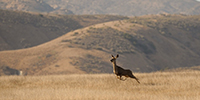 After years of pressure from Heal the Bay, Washington Mutual agrees in November 2003 to sell Ahmanson Ranch at the headwaters of the Malibu Creek watershed to the State of California. The coalition of environmental advocates, scientists and celebrities successfully preserves 2,300 acres of open parkland and 20 miles of streams, thereby reducing pollution and protecting several threatened species.
After years of pressure from Heal the Bay, Washington Mutual agrees in November 2003 to sell Ahmanson Ranch at the headwaters of the Malibu Creek watershed to the State of California. The coalition of environmental advocates, scientists and celebrities successfully preserves 2,300 acres of open parkland and 20 miles of streams, thereby reducing pollution and protecting several threatened species.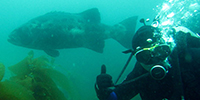 Ensuring a vibrant local ocean for generations to come, Heal the Bay’s policy staff leads an often contentious process with the state and anglers to create 52 Marine Protected Areas along the Southern California coast in January 2012. Our most biologically rich underwater habitats get a reprieve from human pressures, allowing depleted stocks in such areas as Malibu and Palos Verdes to recover and thrive.
Ensuring a vibrant local ocean for generations to come, Heal the Bay’s policy staff leads an often contentious process with the state and anglers to create 52 Marine Protected Areas along the Southern California coast in January 2012. Our most biologically rich underwater habitats get a reprieve from human pressures, allowing depleted stocks in such areas as Malibu and Palos Verdes to recover and thrive.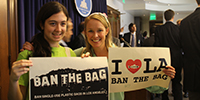 Heal the Bay’s programs and policy staff spearhead a plastic bag ban in Los Angeles, which in January 2014 becomes the largest city in the nation to take on Big Plastic. The unanimous City Council vote triggers a nationwide debate about sustainability and catalyzes other bans throughout the country.
Heal the Bay’s programs and policy staff spearhead a plastic bag ban in Los Angeles, which in January 2014 becomes the largest city in the nation to take on Big Plastic. The unanimous City Council vote triggers a nationwide debate about sustainability and catalyzes other bans throughout the country.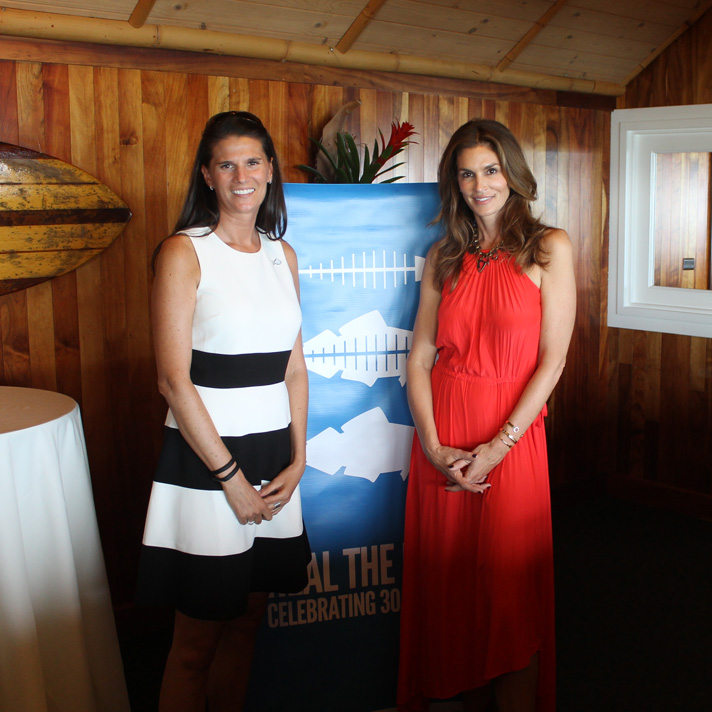 It’s not every night we get to schmooze with a supermodel. And when the schmoozing takes place overlooking the ocean, well, what could be more perfect? Thanks to our friends at
It’s not every night we get to schmooze with a supermodel. And when the schmoozing takes place overlooking the ocean, well, what could be more perfect? Thanks to our friends at 